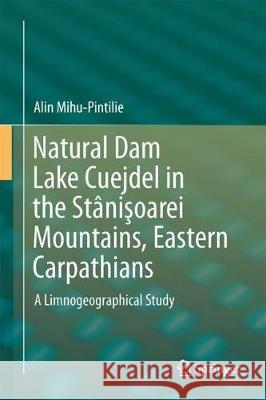Natural Dam Lake Cuejdel in the Stânişoarei Mountains, Eastern Carpathians: A Limnogeographical Study » książka
topmenu
Natural Dam Lake Cuejdel in the Stânişoarei Mountains, Eastern Carpathians: A Limnogeographical Study
ISBN-13: 9783319772127 / Angielski / Twarda / 2018 / 245 str.
Natural Dam Lake Cuejdel in the Stânişoarei Mountains, Eastern Carpathians: A Limnogeographical Study
ISBN-13: 9783319772127 / Angielski / Twarda / 2018 / 245 str.
cena 388,20 zł
(netto: 369,71 VAT: 5%)
Najniższa cena z 30 dni: 385,52 zł
(netto: 369,71 VAT: 5%)
Najniższa cena z 30 dni: 385,52 zł
Termin realizacji zamówienia:
ok. 20 dni roboczych.
ok. 20 dni roboczych.
Darmowa dostawa!
Kategorie:
Kategorie BISAC:
Wydawca:
Springer
Język:
Angielski
ISBN-13:
9783319772127
Rok wydania:
2018
Wydanie:
2018
Ilość stron:
245
Waga:
0.60 kg
Wymiary:
23.93 x 16.15 x 2.03
Oprawa:
Twarda
Wolumenów:
01











